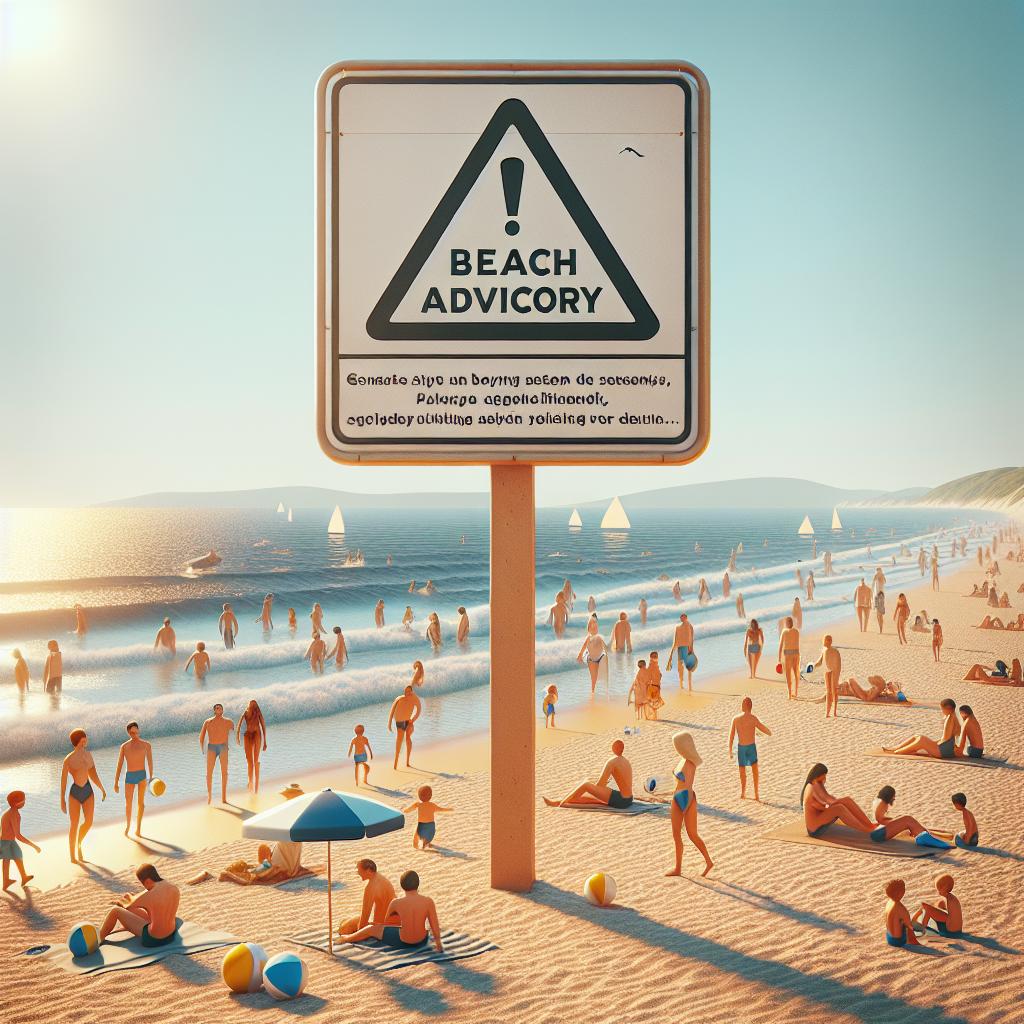Swimming Advisory Issued for Corolla Beach
Corolla, N.C. has recently garnered attention as a favorite surfing spot, but visitors to this beautiful Outer Banks location are being advised to refrain from swimming for the time being. The North Carolina Department of Environmental Quality (NCDEQ) has issued a precautionary swimming advisory after flooding in the area has caused concerns about water quality.
What Happened?
Heavy rains have caused severe flooding in Corolla and its nearby communities. Streets and yards have been inundated with water, leading the town to pump this floodwater into the ocean. This process is taking place near Crown Point Circle and Myrtlewood Court. The aim of this action is two-fold: to mitigate flooding damage and ensure that roads remain accessible for emergency services.
Why the Advisory?
Residents and visitors alike are now urged to stay out of the ocean at Corolla Beach. The flooding has raised concerns that the water could contain pollutants. Along the North Carolina coast, other beaches are also under similar advisories due to the pumping of floodwaters, especially following the recent tropical system that swept across the state.
Scope of the Advisories
While Corolla Beach is currently under advisory, it’s important to note that several other beaches have also been affected. In particular, the southeastern region of North Carolina, stretching from Wrightsville Beach in New Hanover County to Holden Beach in Brunswick County, is subject to **precautionary swimming advisories**. This means that swimming in these areas is not recommended due to the potential presence of contaminants.
Understanding Enterococci
The state has identified issues with enterococci bacteria in some water samples taken from certain beaches. While this specific bacteria isn’t typically known to cause illness, it can signal the presence of other harmful organisms. For instance, in Nags Head, tests from a site at East Hollowell Street reflected a troubling average of 41 enterococci per 100 milliliters, which exceeds the allowable limit of 35 enterococci per milliliters.
This advisory specifically pertains to a designated area of 200 feet from any posted sign at designated beaches, meaning that not all waters in Nags Head are affected. It’s key for beachgoers to pay attention to signage to stay safe during this period.
Where Else is Affected?
Other affected sites include areas near Morehead City, where two sampling sites along Bogue Sound returned results above the state and federal standards for enterococci. These sites are located at the public access points of Sunset Drive and 16th Street, with the advisory similarly applying to waters within 200 feet of the posted signs.
Ongoing Monitoring
The state’s Recreational Water Quality Program is proactive in monitoring water conditions, operating 221 testing sites along the North Carolina coastline. During peak season, samples are tested mostly on a weekly basis from April to October, shifting to a less frequent schedule during the colder months.
As always, if you’re planning a trip to the beach or looking to enjoy some surf time, it’s a good idea to stay informed about local conditions and advisories. Stay safe and keep an eye on updates as conditions change!





